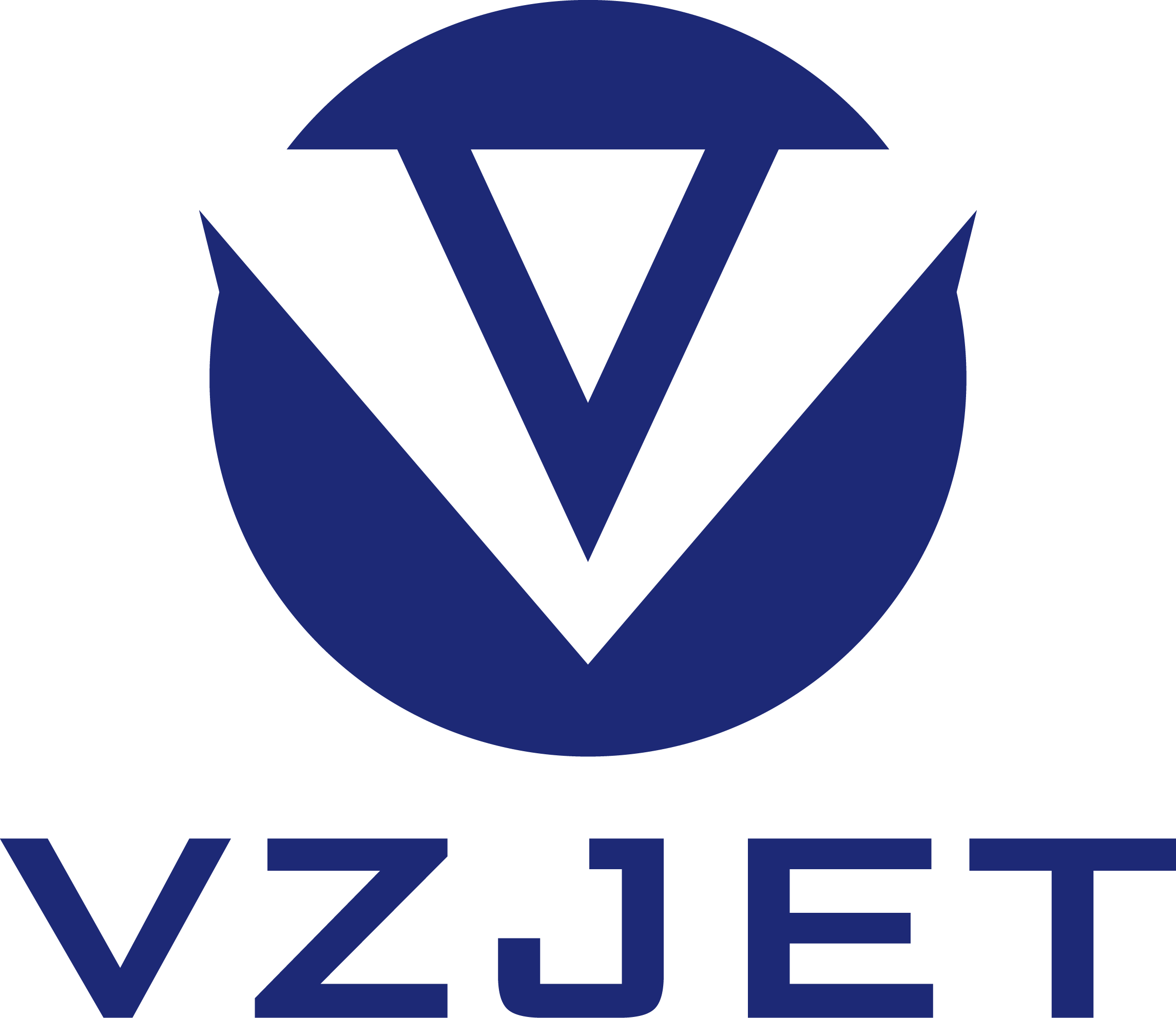Information
VZ Growth Academy-the influence of fiber laser on the thermal effect of metal surface
06 Jun,2025
Fiber optic marking principle:
-The principle of fiber laser processing is based on thermal effects. The core of fiber laser processing is to use high-energy density laser beams to irradiate materials, causing them to absorb light energy and instantly heat up locally, resulting in physical phenomena such as melting, vaporization, and thermal expansion.
-So, the thermal effect will have a certain impact on the surface of the object. If the object has a large volume and thick walls, the high temperature generated will be well transmitted and dissipated without affecting the surface; On the contrary, products with thin walls and small volumes need to consider deformation issues during processing.
The influencing factors are divided into:
-Material properties: Different metals have different coefficients of thermal expansion, and the larger the coefficient of thermal expansion, the greater the deformation produced under the same laser marking conditions. For example, the thermal expansion coefficient of aluminum alloy is larger than that of steel, which may result in relatively large deformation during laser marking.
-Marking parameters: The higher the laser power and the longer the action time, the more heat absorbed by the metal surface, and the greater the deformation that may occur; The faster the marking speed, the less heat accumulation will occur, and the deformation will also decrease.
Issues to be noted:
1. Rough surface temperature: Taking stainless steel material as an example, under conventional fiber laser marking parameters, the surface temperature can reach 600 ℃ -800 ℃.
2. Deformation caused by thermal effect: In general, the thermal effect generated by fiber laser marking will cause small deformations on the metal surface, usually in the micrometer range. Is this small deformation usually caused by local thermal expansion of the metal surface and will not affect the seal
*When precision marking is required, it is recommended to use MOPA laser. By adjusting the frequency and pulse width, using a mid-range frequency and a reasonable pulse width, it can effectively control the thermal effect to deal with surface damage, which is closer to cold processing.
*A single deep carving is required, and it is recommended to use a few mode fiber (with stronger penetration), combined with a reasonable marking speed (theoretically, reducing the marking speed can obtain depth, increasing the number of repetitions can also increase depth, which does not meet the efficiency premise of laser marking, and will not be explained here), to control the thermal effect within a reasonable range while obtaining clear marking.
06 Jun,2025
Classification:
Information
Latest Contents








